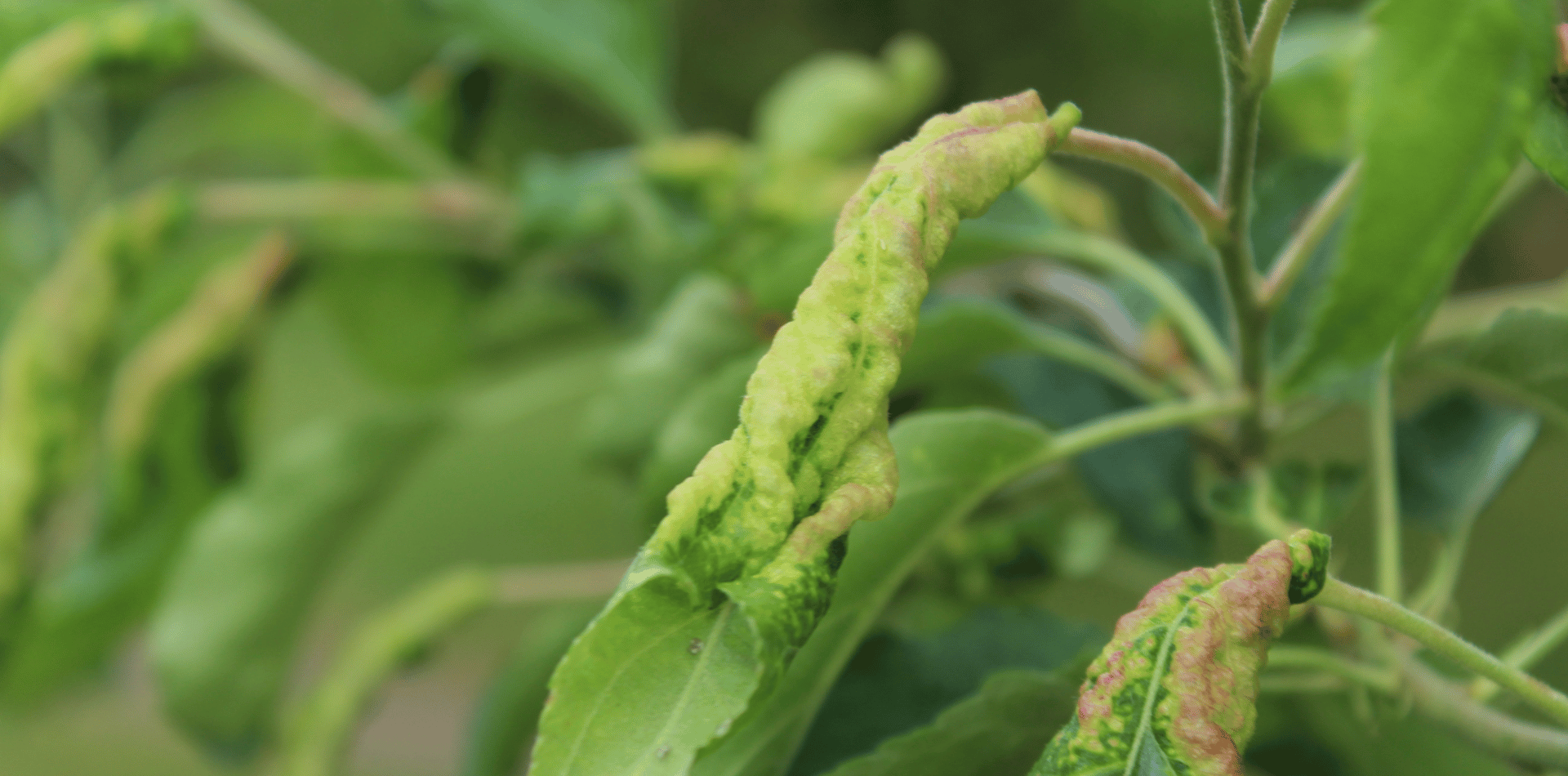The Importance of Urban Green Spaces
The Importance of Urban Green Spaces:
A Comprehensive Look at Their Ecological, Social, and Health Benefits.
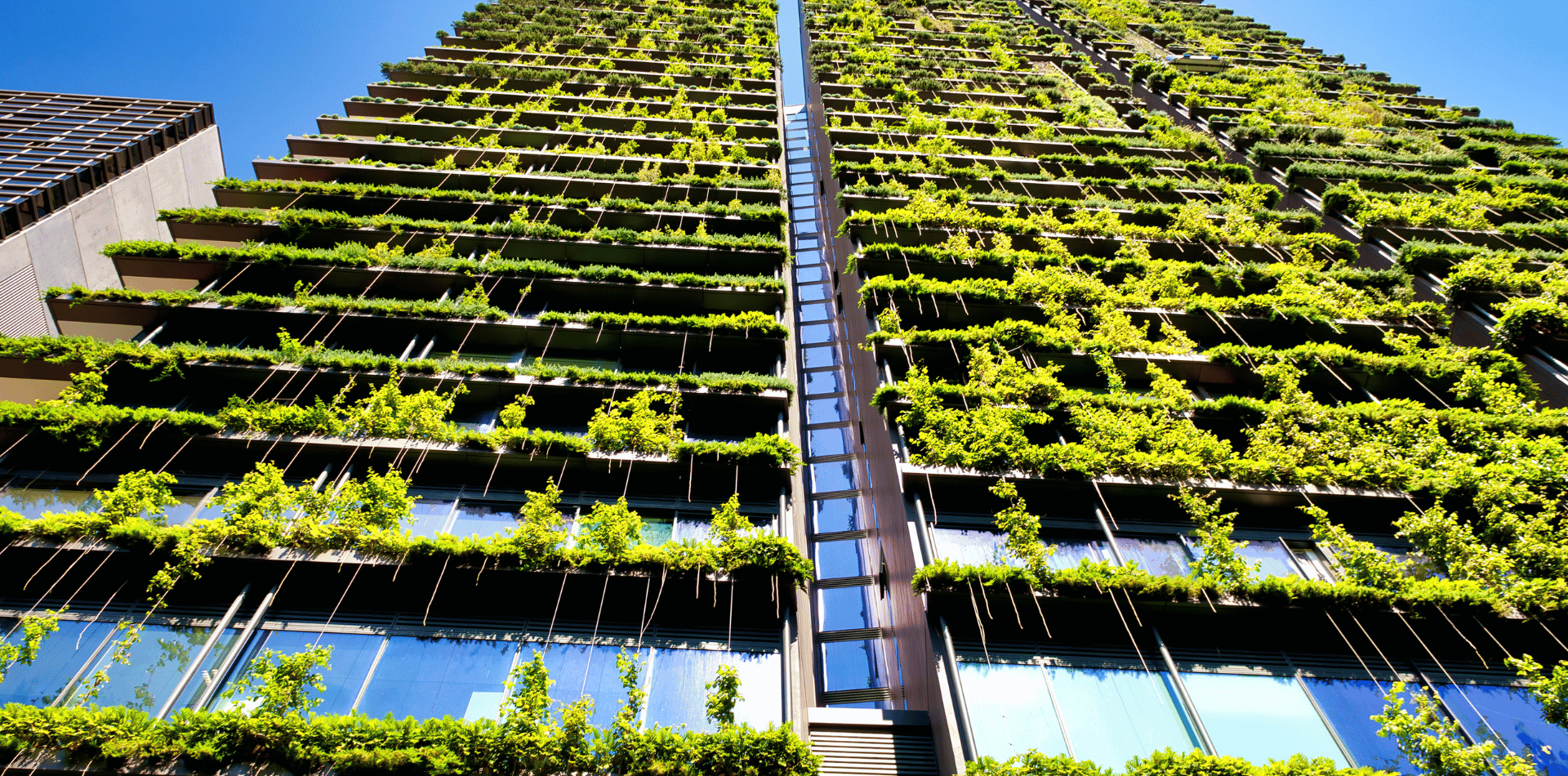
Urban green spaces, ranging from parks and gardens to green roofs and street trees, are vital components of urban ecosystems, offering a multitude of benefits that are essential for sustainable urban living.
These areas not only serve as oases of tranquility amidst the concrete jungle but also play a crucial role in enhancing biodiversity, improving public health, and fostering community ties.
Let's look into the ecological, social, and health benefits of urban green spaces, highlighting their importance in creating resilient and livable cities.
Ecological Benefits
Biodiversity Enhancement
Urban green spaces act as sanctuaries for various species, providing habitats and food sources for birds, insects, and other wildlife.
This increased biodiversity is crucial for ecosystem stability and function, contributing to the preservation of various species that might otherwise be at risk in urban settings.
Air Quality Improvement
Trees and plants in urban green spaces play a significant role in filtering pollutants from the air, absorbing harmful gases such as carbon dioxide, sulfur dioxide, and nitrogen dioxide.
Through the process of photosynthesis, they convert carbon dioxide into oxygen, improving air quality and contributing to the mitigation of urban pollution.
Climate Regulation
Urban green spaces are key in combating the urban heat island effect, a phenomenon where urban areas experience higher temperatures than their rural counterparts.
Vegetation provides shade, while evapotranspiration (the process by which plants release water vapour into the air) helps cool the environment, reducing the need for air conditioning and thereby decreasing energy consumption.
Water Management
Green spaces also contribute to better water management in urban areas.
They reduce surface runoff, decreasing the risk of flooding and water pollution. Trees and plants absorb rainwater, which then percolates into the ground, replenishing groundwater supplies and improving the quality of urban water bodies.
Social Benefits
Community Engagement and Cohesion
Urban green spaces are gathering places that foster social interaction and community engagement.
They provide settings for social activities, cultural events, and recreational opportunities, which are crucial for building strong community ties and promoting inclusiveness.
Economic Benefits
Besides their ecological and social advantages, green spaces can also boost local economies. They increase property values, attract businesses, and can create employment opportunities in urban planning, landscaping, and maintenance sectors.
Aesthetic Value
Green spaces significantly enhance the aesthetic appeal of urban areas, contributing to a sense of well-being and satisfaction among residents. The visual appeal of well-maintained parks, gardens, and tree-lined streets can transform the character of city neighbourhoods, making them more attractive places to live and work.
Health Benefits
Physical Health
Regular access to green spaces encourages physical activity, such as walking, jogging, cycling, or playing sports, which is essential for maintaining physical health.
This can lead to reduced rates of obesity, heart disease, diabetes, and other lifestyle-related conditions.
Mental Health and Well-being
The presence of green spaces in urban areas has been linked to improvements in mental health and emotional well-being.
Natural settings provide a respite from the stresses of urban life, reducing symptoms of anxiety and depression, and enhancing mood and self-esteem.
Longevity and Quality of Life
Studies have shown that people with access to green spaces tend to have a lower mortality rate and report a higher quality of life.
The combined physical and mental health benefits contribute to this outcome, underscoring the importance of integrating nature into urban environments.
The importance of urban green spaces transcends aesthetic value, playing a pivotal role in ecological conservation, social cohesion, and public health.
As cities continue to grow and face the challenges of urbanization, the creation and maintenance of these spaces become increasingly vital. Urban planners, policymakers, and community members must work together to ensure that green spaces are integrated into urban development strategies, ensuring that all residents have access to the myriad benefits they offer.
Incorporating green spaces into urban landscapes is not just a matter of environmental preservation but a necessity for creating sustainable, healthy, and cohesive communities.
As we look to the future, the role of urban green spaces in enhancing the quality of urban life cannot be underestimated. They are essential for the well-being of individuals and the sustainability of our urban ecosystems, making them indispensable in our journey towards creating more livable cities for future generations.
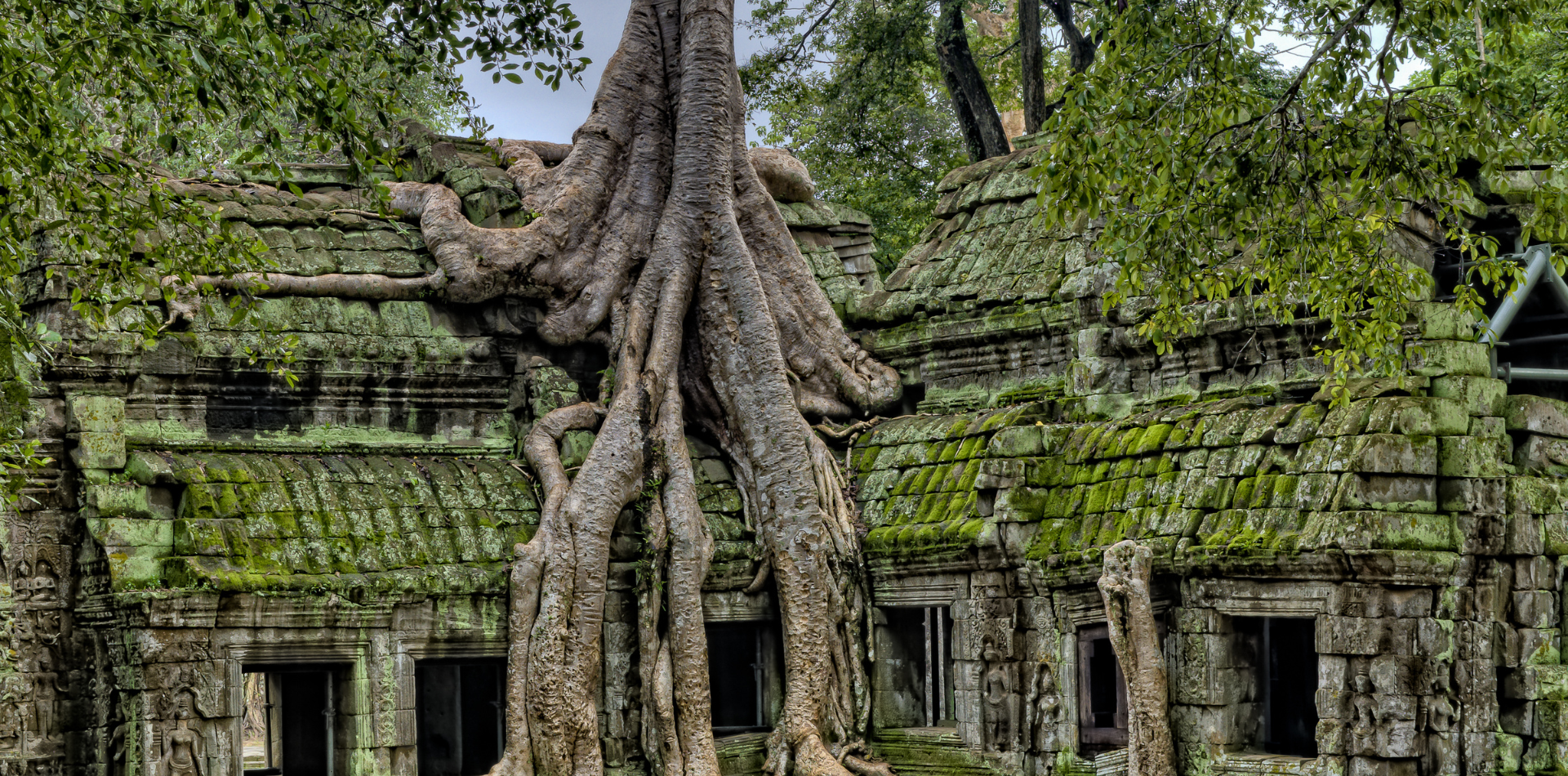

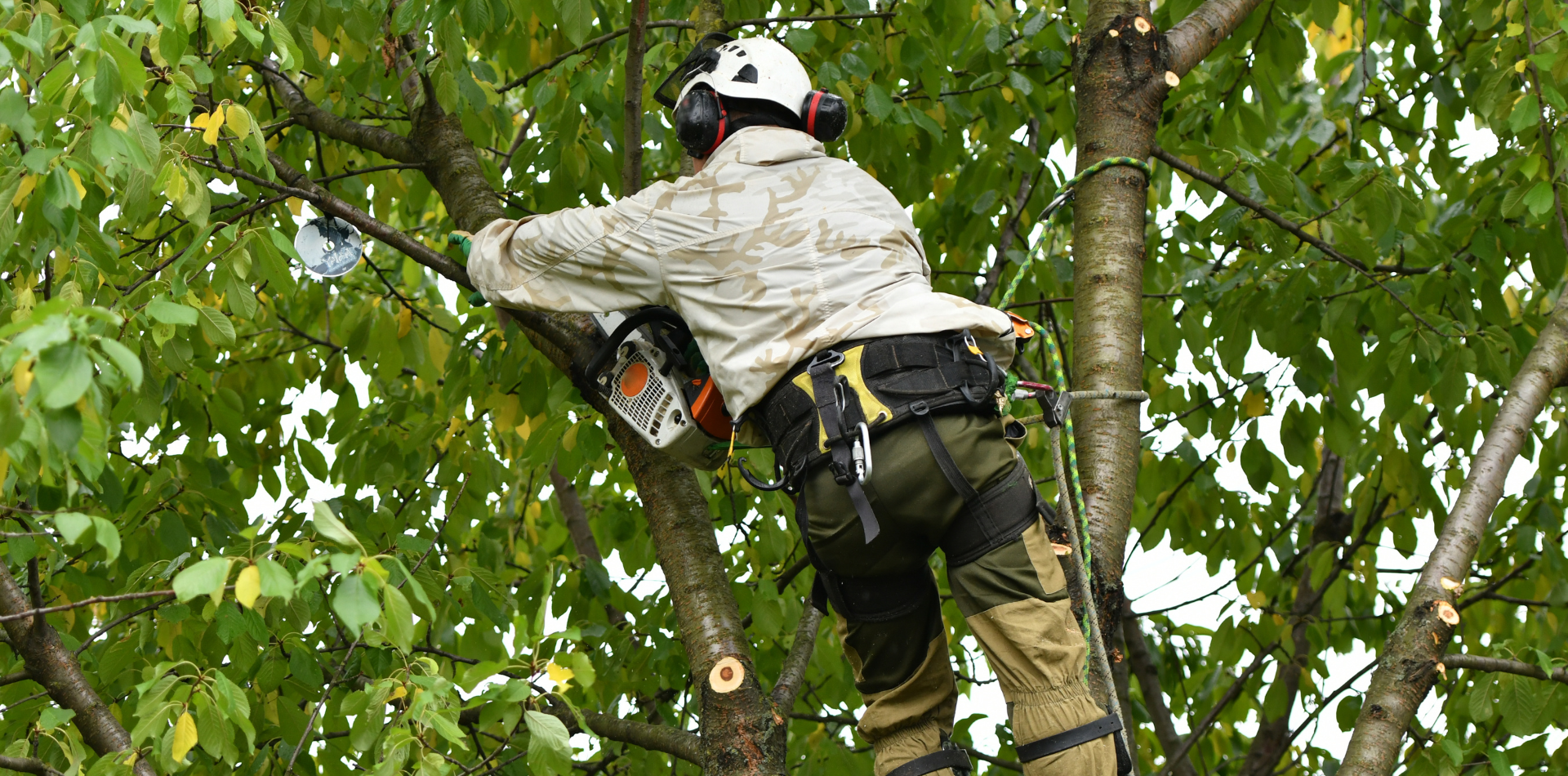
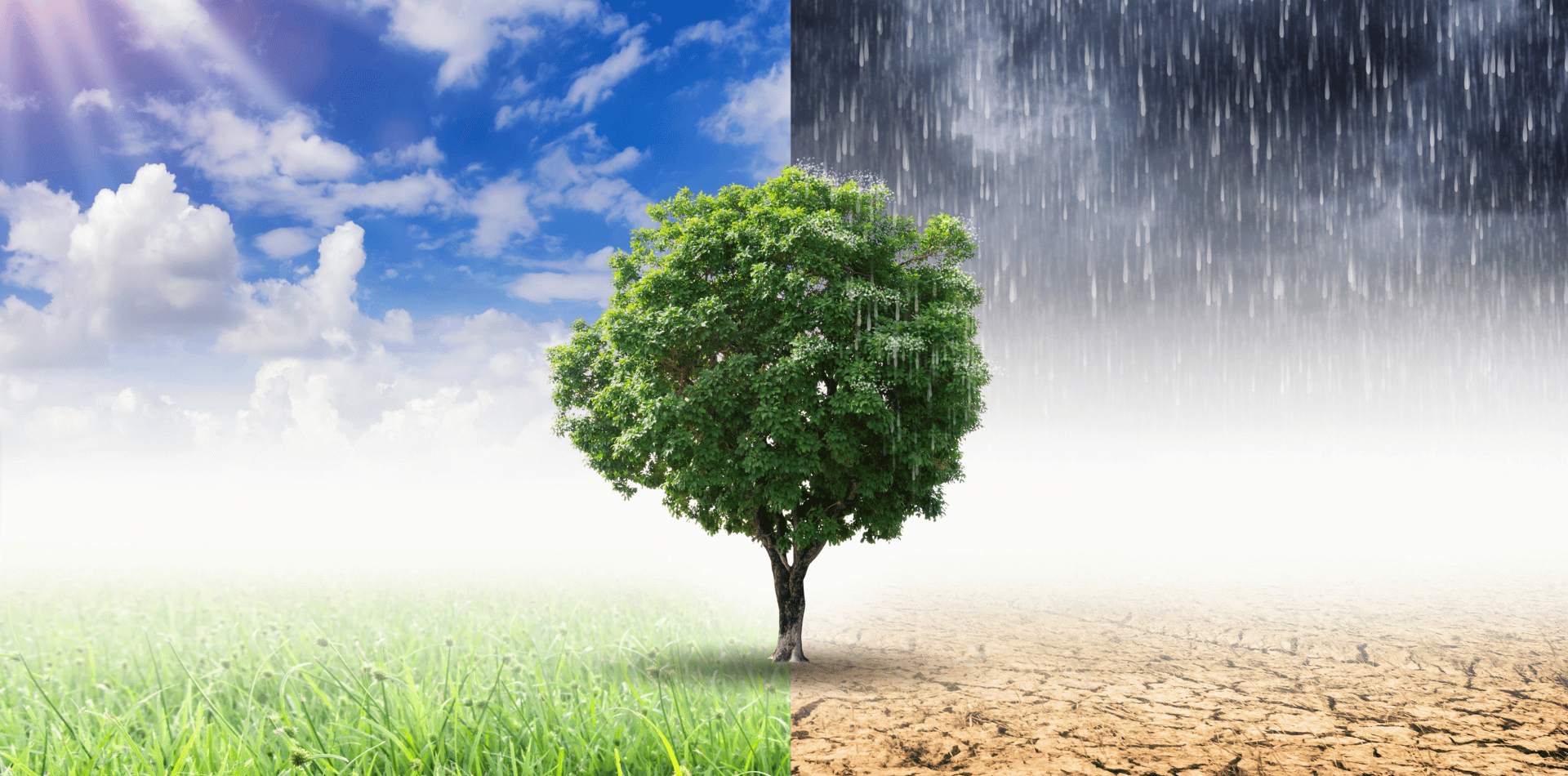
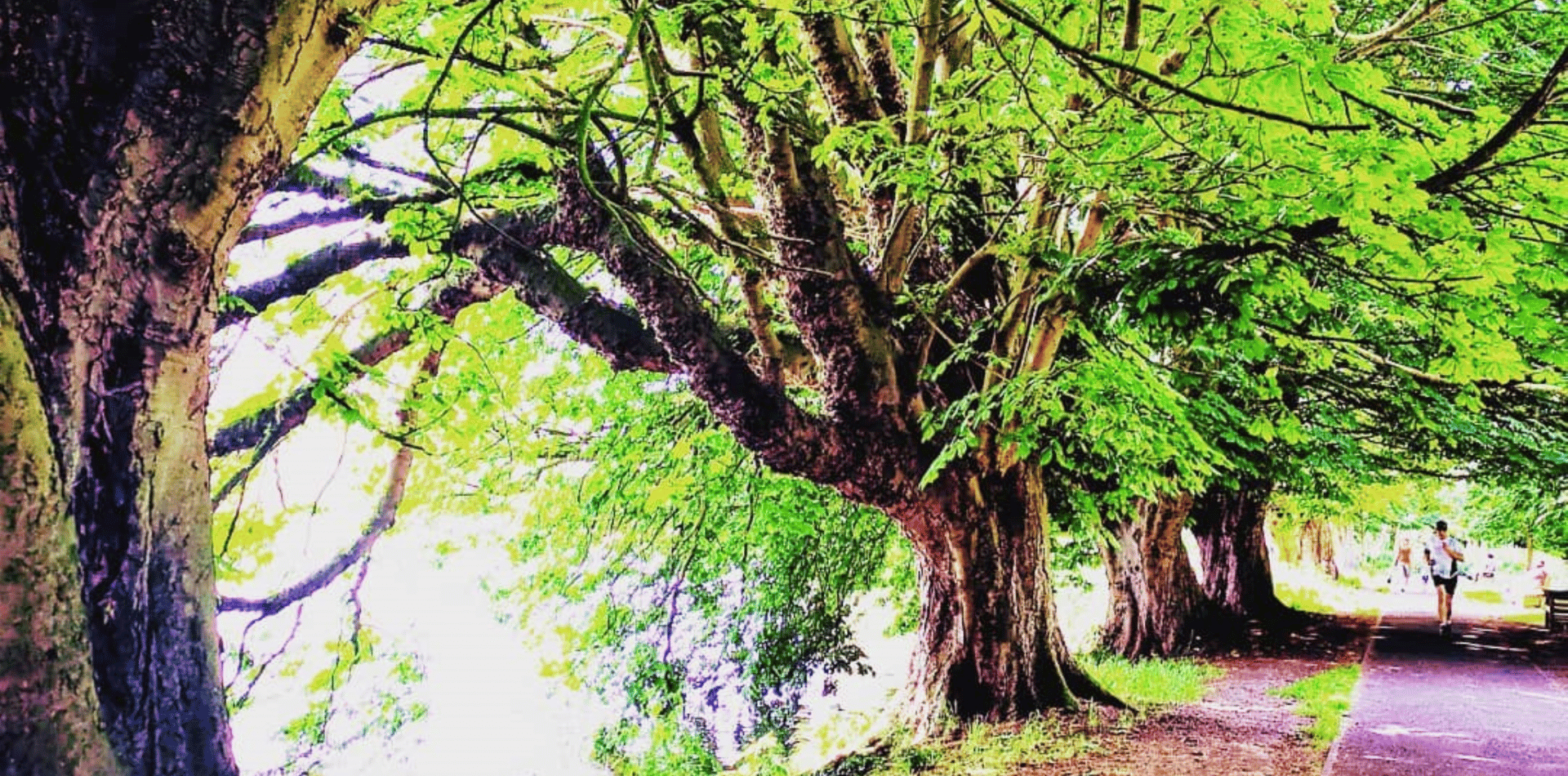
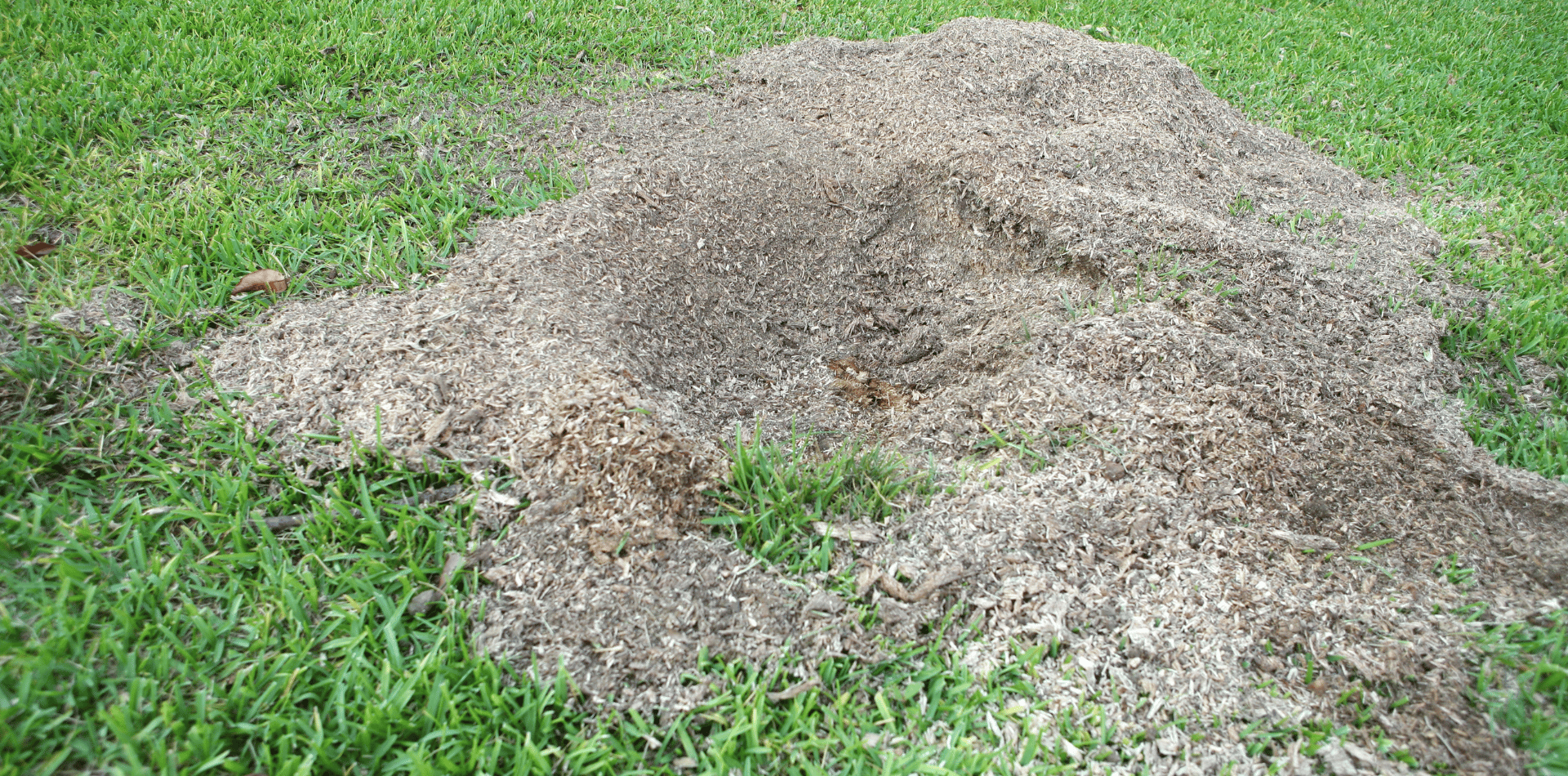
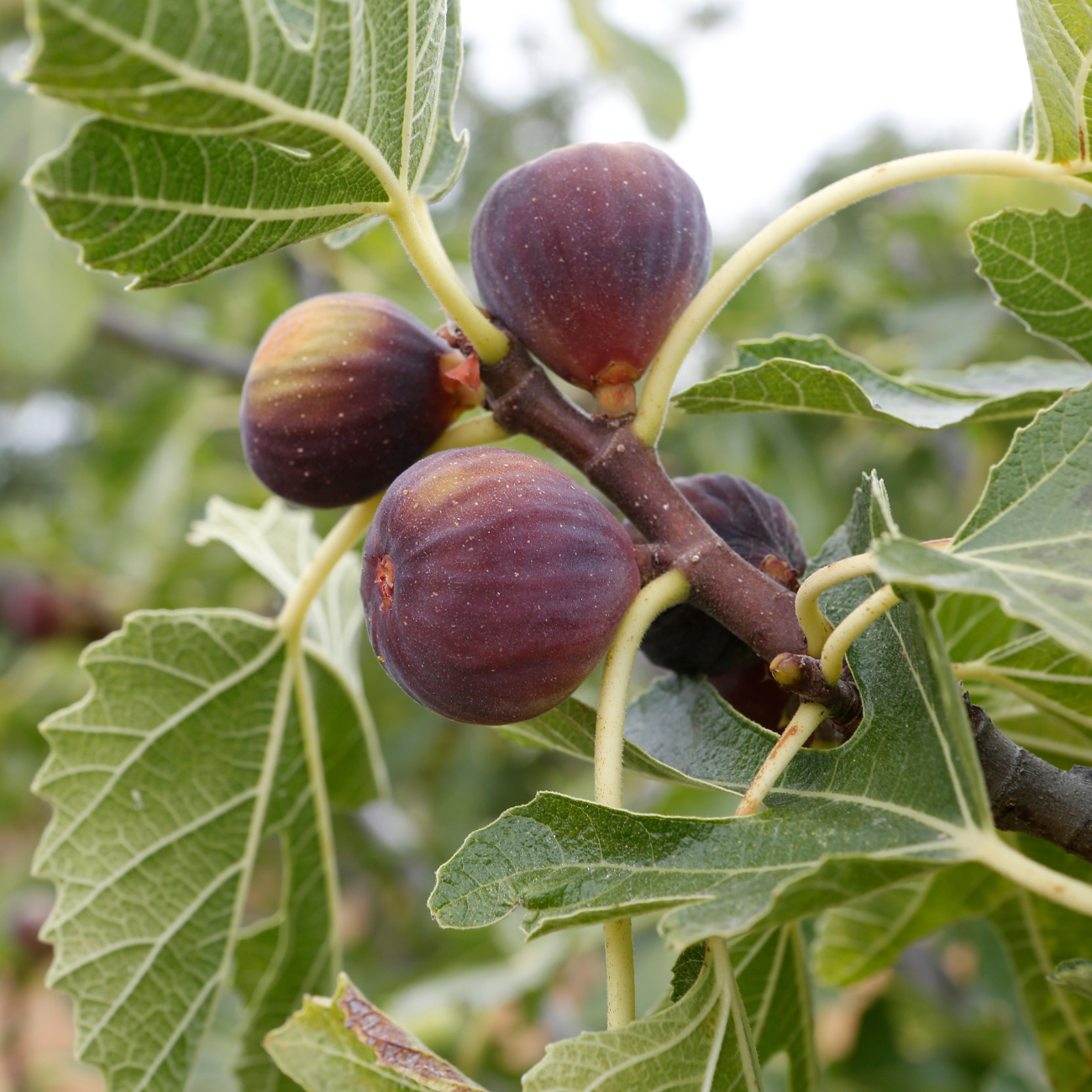

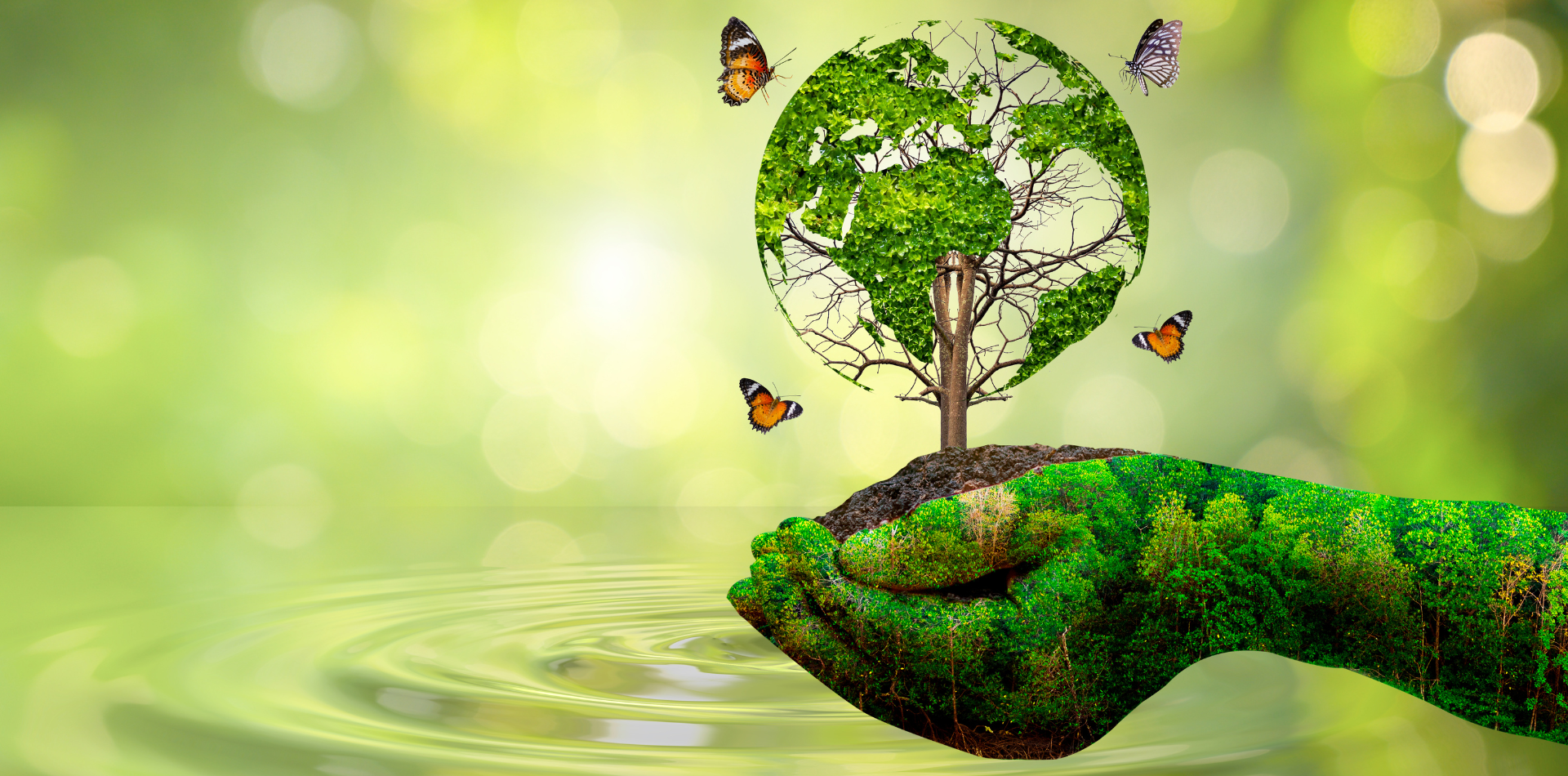
Contact
Kaptol Tree Removal Newcastle
A Member of the Kaptol Group
Powered by Kaptol Media

